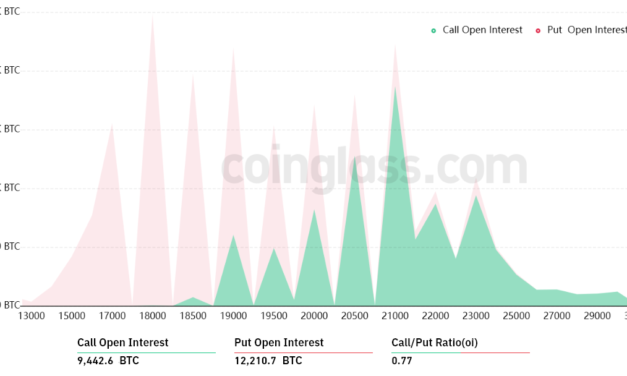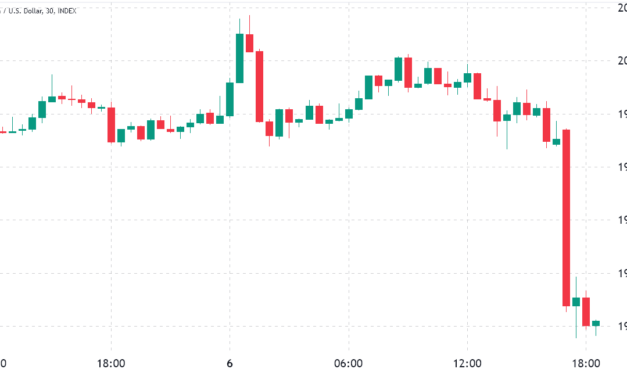3 Bitcoin price metrics suggest Sept. 9’s 10% pump marked the final cycle bottom
The correlation between Bitcoin (BTC) and stock markets has been unusually high since mid-March, meaning the two asset classes have presented near-identical directional movement. This data might explain why the 10% rally above $21,000 is being dismissed by most traders, especially considering S&P 500 futures gained 4% in two days. However, Bitcoin trading activity and the derivatives market strongly support the recent gains.Curiously, the current Bitcoin rally happened a day after the White House Office of Science and Technology Policy released a report investigating the energy usage associated with digital assets. The study recommended enforcing energy reliability and efficiency standards. It also suggested federal agencies provide technical assistance and initiate a collaborative process with the industry.Bitcoin/USD (orange, left) vs. S&P 500 futures (blue). Source: TradingViewNotice how the peaks and valleys on both charts tend to coincide, but the correlation changes as investors’ perceptions and risk assessments vary over time. For example, between May 2021 and July 2021, the correlation was inverted most of the period. Overall, the stock market posted steady gains while the crypto markets collapsed.More importantly, the chart above shows a huge gap being opened between Bitcoin and the stock market as stocks rallied from mid-July to mid-August. A comparison using the same scale would be better, but that does not work due to the difference in volatility. Still, it is reasonable to conclude that historically these gaps tend to close.The S&P 500 futures declined 18% in 2022 until Sept. 6, while Bitcoin dropped 60.5% during the same period. So it makes sense to assume that if investors’ appetite for risk assets returns, assets with higher volatility will outperform during a rally. There are other factors that are in play though, so there is no way to predict the outcome. But the return of investors’ appetite for risk would justify Bitcoin’s outperforming the stock market and significantly reducin the performance difference.Pro traders were not expecting Bitcoin to bounceBearish traders were liquidated on $120 million in futures contracts, the highest figure since June 13. Typically, one would not expect this outcome considering Bitcoin had lost 13% in the two weeks leading to Sept. 7, but one could assume that short sellers (bears) were caught by surprise as the exchanges’ liquidation engine scrambled to buy those orders.However, there’s other anecdotal evidence hidden in the liquidation data provided by the derivatives exchanges. Bitcoin futures 24-hour liquidation data. Source: CoinGlassNotice how retail-driven exchanges (Binance and Bybit) represented a mere 17.4% of the total orders that were forcefully closed, while their combined market share on Bitcoin futures is 30.6%. The data leaves no doubt that the whales at OKX and FTX were the ones being squeezed.Another interesting piece of data that sets Sept. 9’s 10% pump apart is Bitcoin dominance, which measures its market share versus all other cryptocurrencies.Bitcoin dominance. Source: TradingViewNotice how the indicator spiked from 39% to the present 40.5%, something unseen since May 11 when Bitcoin flash crashed below $26,000. It took another 31 days for the bear market to break the $28,500 support on June 12. Also note that a sharp increase in BTC dominance can happen during rallies and steep price corrections so relying solely on these indicators provides little aid in interpreting market movements.Fear has been erased from options marketsThe 25% delta skew, which is the leading Bitcoin options “fear and greed” metric, improved just enough to enter a neutral level.Bitcoin 60-day options 25% delta skew: Source: Laevitas.chIf option investors feared a price crash, the skew indicator would move above 12%, whereas investor excitement tends to reflect a negative 12% skew. After peaking at 18% on Sept. 7, the metric currently stands at 12%, which is the very edge of the neutral market. Therefore, the Bitcoin pump on Sept. 9 signaled that professional investors are no longer demanding excessive premiums for protective put options.These three indicators back the relevance of Bitcoin’s recent 10% pump. A $120 million liquidation on leverage shorts (bears) was concentrated on less “retail-oriented” derivatives exchanges, the 1.5% hike in Bitcoin’s dominance rate and options traders pricing similar upside and downside risks all suggest that Bitcoin may have finally found a bottom.The views and opinions expressed here are solely those of the author and do not necessarily reflect the views of Cointelegraph. Every investment and trading move involves risk. You should conduct your own research when making a decision.
Čítaj viac






